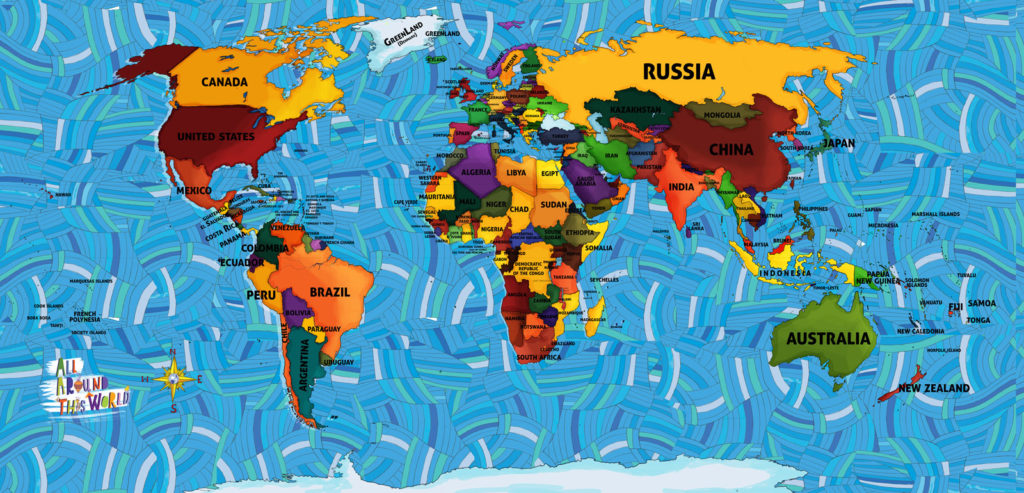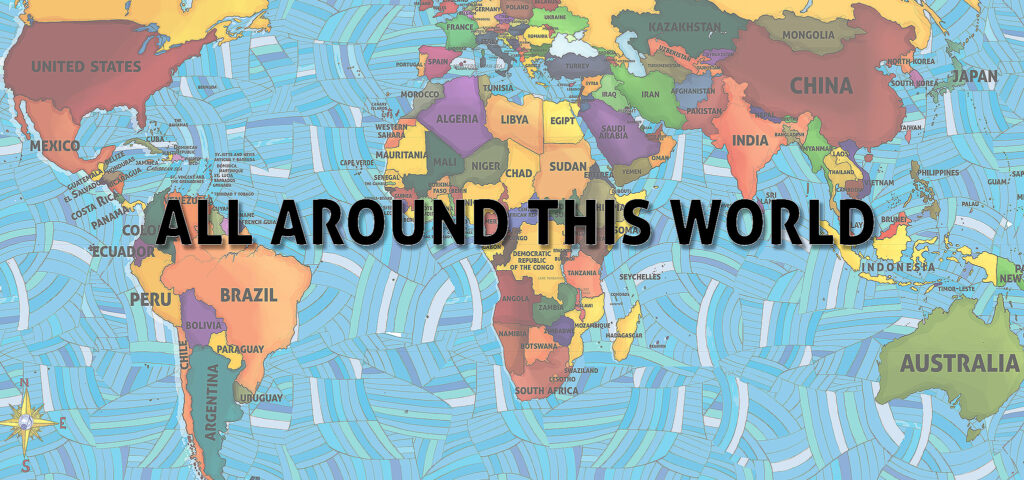In class this week we sing a song we call “Thompson River Dance.” The Nlaxa’pamuk Nation, formerly known as the Thompson Rivers First Nation, are indigenous to British Colombia, Canada. They are said to have links to indigenous populations that may have entered North America via the Bering Strait land bridge, differentiating them from the Hopi and Pueblo whose origins are more likely Meso-American. The lyrics of the All Around This World version of “Thompson River Dance” are “vocables,” which are sounds made in a song in place of words: “Hey hey hey hey, oh oh hey hey!” In this video we hear a different song from the Thompson River Nation. The vocables are different; the vocables are strong.
Tag Archives | First Nations
Definitely NOT Nonsense
“Traditional” Native American/First Nations music is dynamic and powerful, a living, breathing, still-evolving art form that connects Native Americans to each other, their communities, their shared culture and to the natural and spiritual world around them. Most traditional Native American/First Nations music features voices, percussion (drums and rattles) and the occasional flute, with very little other instrumentation.The lyrics of many Native American/First Nations songs are a combination of words from original languages and “vocables,” which are sounds that don’t correspond to actual words in any language. Common Native American vocables–like “ho” or “ya” or “hey-na”–aren’t just “nonsense syllables;” they intend to convey the given song’s emotion, and maybe even effective at doing so than wordy lyrics that could distract the listener from appreciating the true passion of the song. Many traditional Native American/First Nations songs begin slowly but increase in intensity and speed, with vocalists, percussionists and dancers (often all the same people) losing themselves more and more in the music at hand. Songs may be overtly spiritual in nature, used within tribes for the purposes of ritual, or meant to be shared in public performance. Public songs may celebrate the change in seasons or a successful harvest, express pride in the tribe, tell an important tale from the tribe’s history or just connect the performers and community with the natural world.
Despite these similarities there is also substantial diversity among the musics of Native American/First Nations people. Over the centuries each tribe developed its own style, starting with the basic common elements of Native American/First Nations music but adding their own melodic, rhythmic or even instrumental twists. We’ll learn about some of them in the next few days.
A Long, Long Time Ago….

This week we begin our singing journey around the United States and Canada in earnest by traveling back to the earliest earliest earliest days to enjoy music of First Nations Peoples and Native Americans, the first human inhabitants of these lands.
How did humans arrive in North America in the first place? Did people first come to North America as migrants from Siberian Russia, moving southward in the years when Asia and Alaska were connected by a “land bridge” known as Beringia that is now submerged beneath the waterway known as the Bering Strait? Or, according to a different theory known as the “Early Entry” model, were people on the continent well before the era of the bridge? If humans were present in the Americas thousands of years before there was a bridge, how did they get here? By boat, perhaps, from Asian lands? Through some kind of earlier land migration? So far the evidence is unclear. Until we know more, let’s just say people first came to North America a long, long time ago. And chances are that when they came, they were singing.

